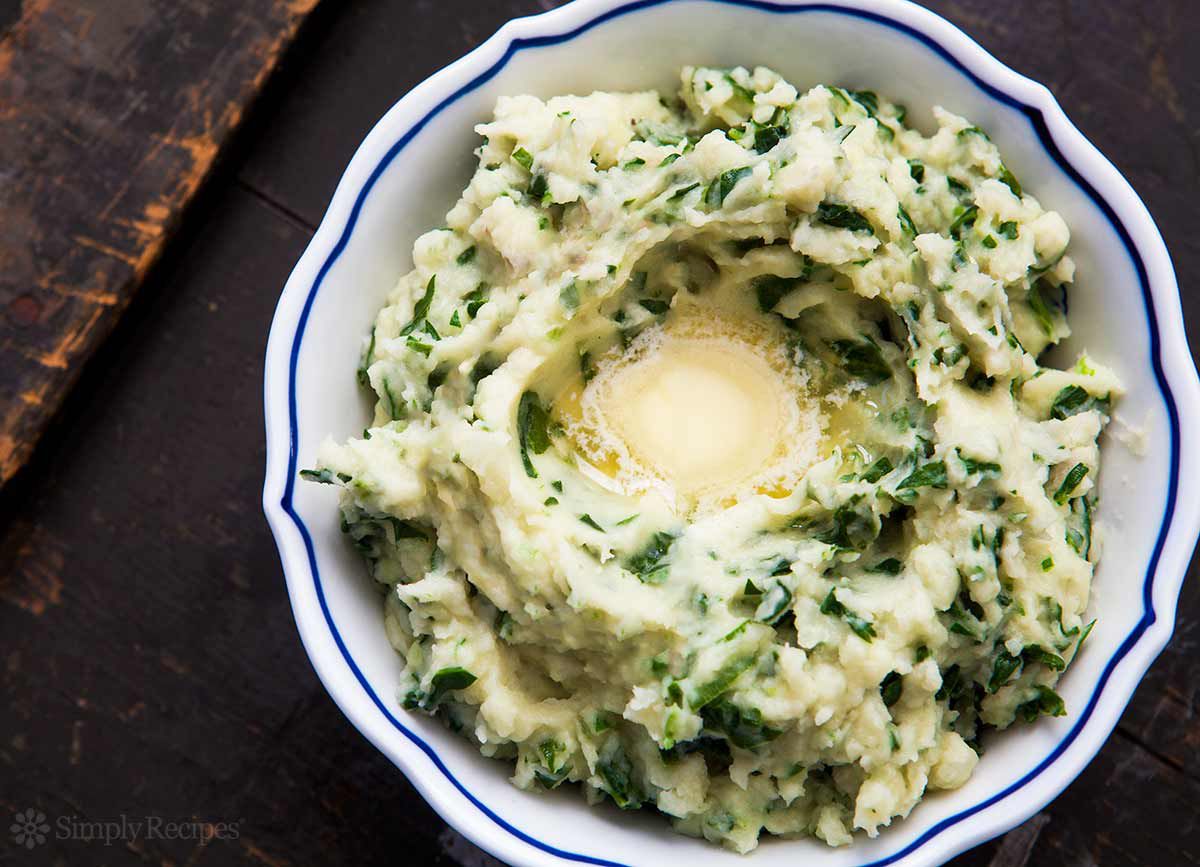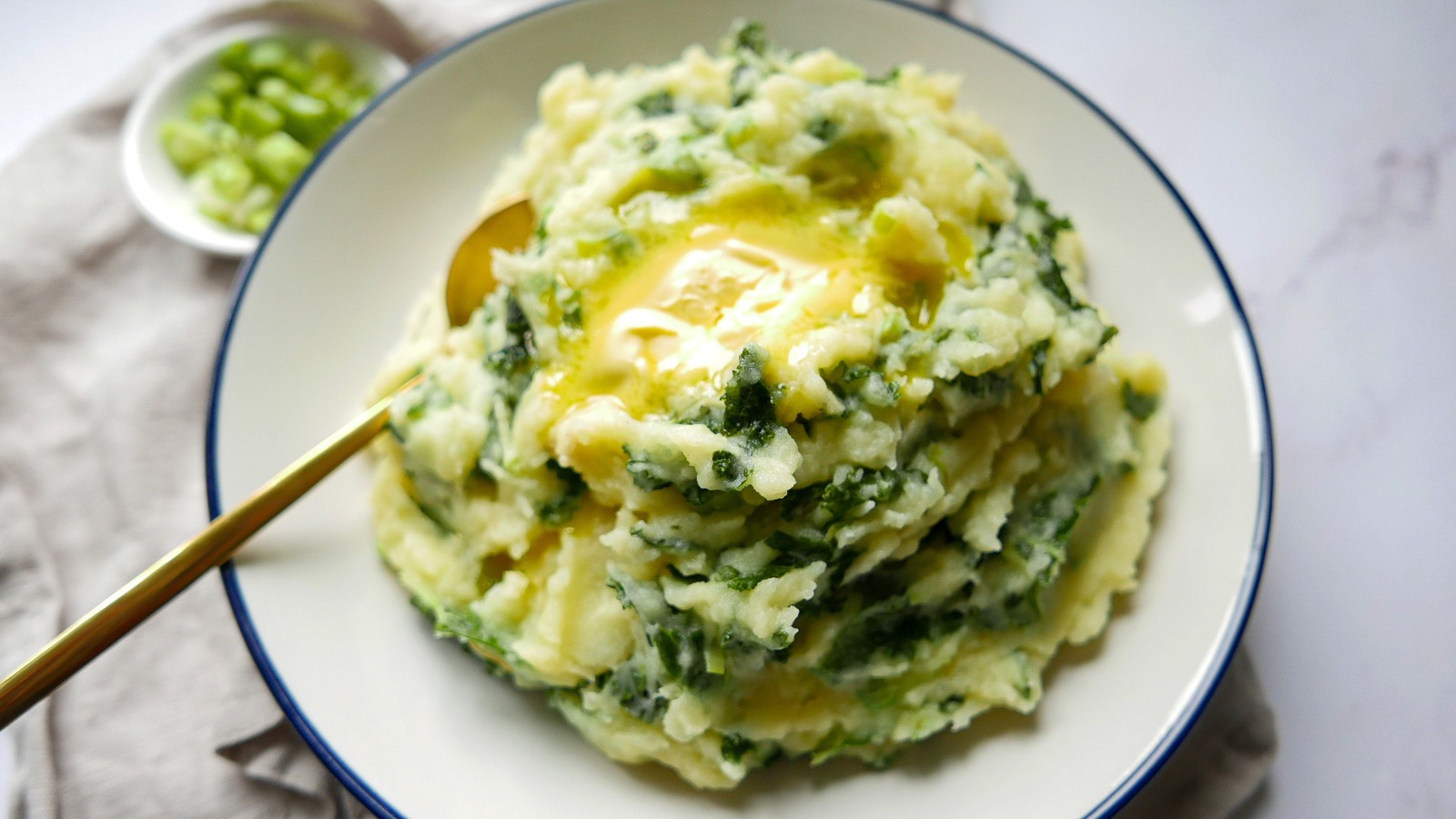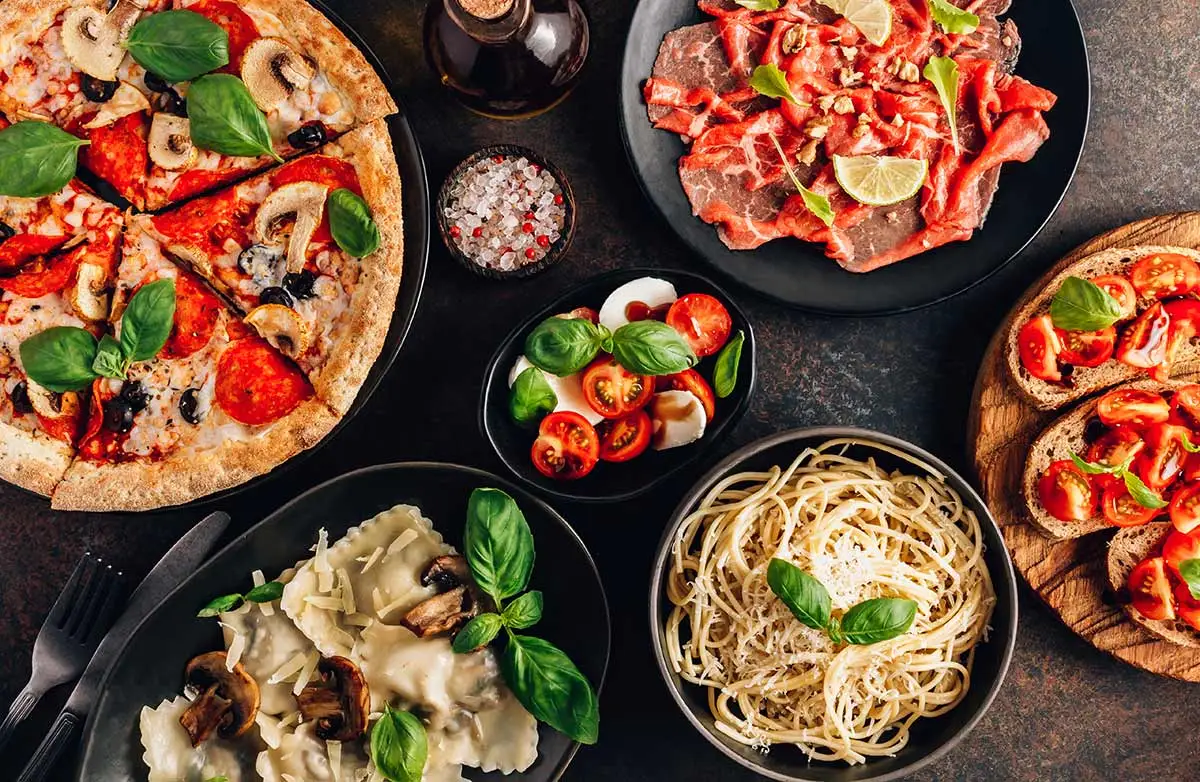
Colcannon is a beloved traditional Irish dish that combines mashed potatoes with kale or cabbage, creating a hearty and comforting meal that is enjoyed throughout Ireland and beyond. This simple yet flavorful dish is often served as a side during celebrations such as Halloween and St. Patrick’s Day, but it is also a staple of everyday Irish cuisine. This article explores the history, ingredients, preparation methods, variations, and cultural significance of Colcannon, highlighting why this dish remains a cherished part of Irish culinary heritage.
Contents
Colcannon History and Origins

Ancient Roots
The origins of Colcannon can be traced back to ancient Ireland, where the diet was largely based on root vegetables, grains, and dairy. Potatoes, which are now synonymous with Irish cuisine, were introduced to Ireland in the late 16th century. Before the introduction of potatoes, similar dishes were made using other root vegetables like turnips and parsnips.
The Potato in Ireland
Potatoes quickly became a staple in the Irish diet due to their nutritional value, versatility, and ease of cultivation in the Irish climate. Colcannon, as it is known today, emerged as a popular dish in the 18th century, combining mashed potatoes with readily available vegetables such as kale or cabbage. This combination provided a nutritious and filling meal, especially during the colder months.
Cultural Significance
Colcannon holds a special place in Irish culture and tradition. It is particularly associated with Halloween, known as Samhain in Gaelic, when it was customary to hide small tokens or charms in the dish. These tokens, which could include coins, rings, or buttons, were thought to foretell the future. For example, finding a coin in your Colcannon indicated prosperity, while a ring meant impending marriage.
Ingredients and Preparation
Basic Ingredients
The basic ingredients for traditional Colcannon are simple yet flavorful:
- Potatoes: The primary ingredient, providing the creamy base of the dish.
- Kale or Cabbage: Adds texture and a slight bitterness that complements the potatoes. Kale is more commonly used, but cabbage is also traditional.
- Butter: Used to mash the potatoes and give the dish a rich, creamy texture.
- Milk or Cream: Helps achieve the desired consistency of the mashed potatoes.
- Onions or Scallions: Adds flavor and a bit of crunch. Scallions (also known as green onions) are particularly popular.
- Salt and Pepper: Basic seasonings to enhance the flavors.
Traditional Preparation Method
- Boiling the Potatoes: Start by peeling and chopping the potatoes into even pieces. Boil them in salted water until they are tender, usually about 15-20 minutes.
- Cooking the Kale or Cabbage: While the potatoes are boiling, chop the kale or cabbage into small pieces. In a separate pot, boil or steam the greens until they are tender. This usually takes about 5-10 minutes.
- Mashing the Potatoes: Drain the boiled potatoes and return them to the pot. Add butter and mash the potatoes until they are smooth and creamy. Gradually add milk or cream to reach the desired consistency.
- Combining Ingredients: Stir the cooked kale or cabbage into the mashed potatoes. Add chopped onions or scallions, and season with salt and pepper to taste.
- Serving: Serve the Colcannon hot, with an additional pat of butter melting on top for extra richness.
Variations and Modern Twists

Regional Variations
While the basic recipe for Colcannon remains consistent, regional variations and personal preferences have led to different versions of the dish. Some variations include:
- Leeks and Garlic: Adding sautéed leeks and garlic for a deeper, more complex flavor.
- Bacon or Ham: Incorporating crispy bacon or ham for a smoky, savory element.
- Herbs: Fresh herbs such as parsley or chives can be added for an extra layer of flavor.
Modern Interpretations
Modern chefs and home cooks have put their own spin on Colcannon, experimenting with new ingredients and preparation methods while maintaining the essence of the traditional dish. Some contemporary twists include:
- Colcannon Cakes: Forming the mashed potato mixture into patties and frying them until golden brown for a crispy exterior and creamy interior.
- Vegan Colcannon: Using plant-based butter and milk alternatives to create a dairy-free version of the dish.
- Colcannon Soup: Blending the ingredients into a smooth, creamy soup for a comforting and hearty meal.
Cultural Significance and Celebrations
Halloween Traditions
As mentioned earlier, Colcannon is traditionally associated with Halloween in Ireland. During the celebration of Samhain, it was common to place small charms or tokens in the dish. The type of token found in one’s serving was believed to predict future events, adding an element of fun and mystery to the meal.
St. Patrick’s Day
Colcannon is also a popular dish during St. Patrick’s Day celebrations. It complements latoto login many traditional Irish dishes and is often served alongside corned beef, sausages, or lamb. Its green hue from the kale or cabbage also makes it a fitting choice for the holiday.
Everyday Comfort Food
Beyond holidays and special occasions, Colcannon remains a beloved comfort food in Ireland. Its simplicity, affordability, and heartiness make it a popular choice for family meals. It is often enjoyed with a variety of meats, fish, or simply on its own as a satisfying vegetarian dish.
Nutritional Value

Health Benefits
Colcannon is not only delicious but also nutritious. Potatoes are a good source of vitamins C and B6, potassium, and dietary fiber. Kale and cabbage add essential nutrients, including vitamins A, C, and K, as well as antioxidants and fiber. The dish can be made healthier by using less butter and opting for milk instead of cream.
Balanced Nutrition
While traditional Colcannon includes butter and cream, which add calories and fat, the dish can be balanced with lean proteins and additional vegetables. Modern interpretations, such as vegan versions, can further enhance its nutritional profile, making it a versatile and wholesome meal.
Conclusion
Colcannon is a dish that embodies the heart and soul of Irish cuisine. Its rich history, cultural significance, and simple yet satisfying flavors have made it a beloved staple in Ireland and among Irish communities worldwide. Whether served as part of a festive celebration or enjoyed as a comforting everyday meal, Colcannon continues to be a cherished dish that connects people to their heritage and traditions. As it adapts to modern tastes and dietary preferences, Colcannon remains a testament to the enduring appeal of traditional Irish cooking.
Read More Article About “Retiro AFP: Understanding the Pension System in Latin America“







